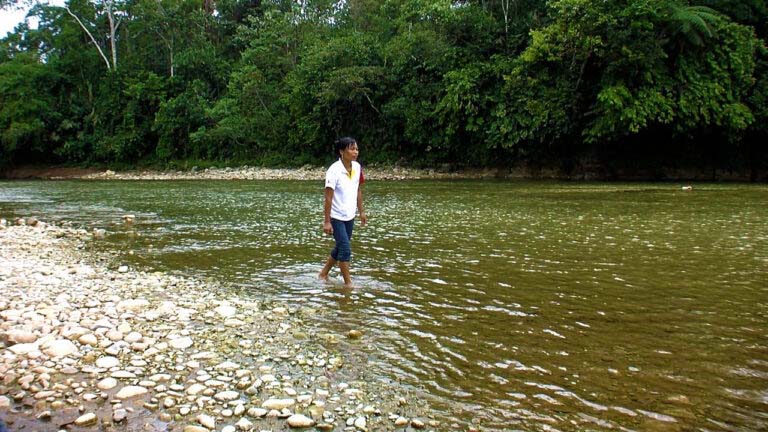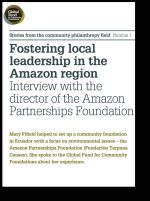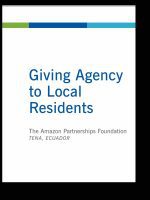Virdi Samay (Life and Breath)
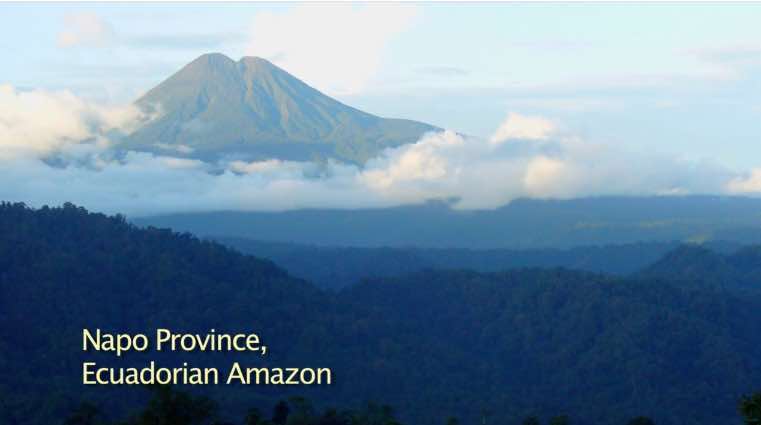
Virdi Samay means Life and Breath in the native language of the Kichwa people of Ecuador.
As far as we know, this is the first documentary ever made in Kichwa.
“Life and Breath: Kichwa People Confront Climate Change in the Amazon,”
produced by Amazon Partnerships Foundation and Luna Productions.
Complete film in player above (with English subtitles)
Complete film with Spanish subtitles – click here
Short trailer – click here



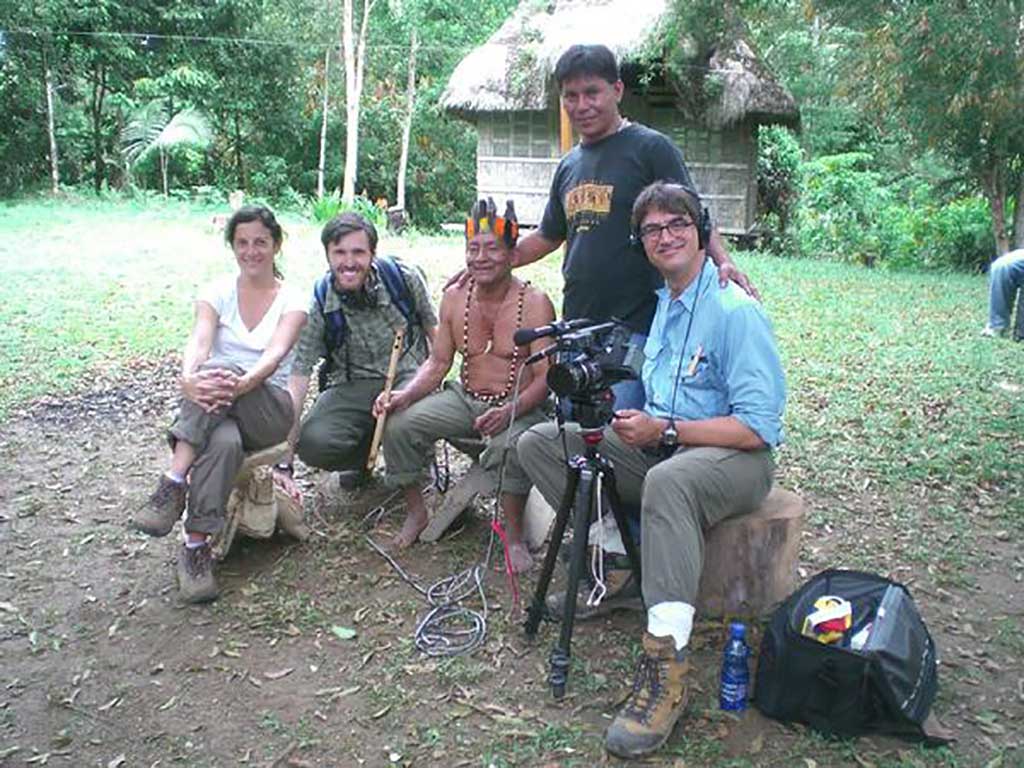 The production process was a marvelous melange of Kichwa, Spanish, and a smattering of English. We videotaped for 8 days in the Tena region of Ecuador and remained there for 3 months to edit, which allowed us to have access to the people whose story this is – locals, activists, and the best possible translators.
The production process was a marvelous melange of Kichwa, Spanish, and a smattering of English. We videotaped for 8 days in the Tena region of Ecuador and remained there for 3 months to edit, which allowed us to have access to the people whose story this is – locals, activists, and the best possible translators.
As a direct result, Kichwa people got involved.
As a direct result, in a very real way, this is their story: in the telling, in the making, in the choosing of the message and approach for the video.
The day we collectively discovered that “Virdi Samay/Life and Breath” should be the title is a good example. The phrase “virdi samay” came up in an interview. The quick poetic translation “life and breath” thrilled all of us, but what followed was a many hour/many day discussion of the true meaning of “virdi samay” – which can broadly be said to be an equivalent of “all is one” or “chi” or “shalom” or “ashai”, by which i am suggesting that with profound words/concepts, there is often no direct translation that captures the cultural significance or deeper meaning.
Even in english, what does “life and breath” mean?
Life and Breath - there is not one without the other.
Life and Breath - something we usually take for granted.
Life and Breath - something without which we would be nothing.
Kichwa vs Quechua vs Quichua
Kichwa is the spelling preferred by the people in the Tena region when we made the film. Quechua and quichua wa are also correct, simply because there was no written system before the Spanish conquistadors. Thus, any spelling is arbitrary and not indigenous to the language or people themselves. So, it is entirely accurate to say that the title of the film is also: Life and Breath: Quechua People Confront Climate Change in the Amazon.
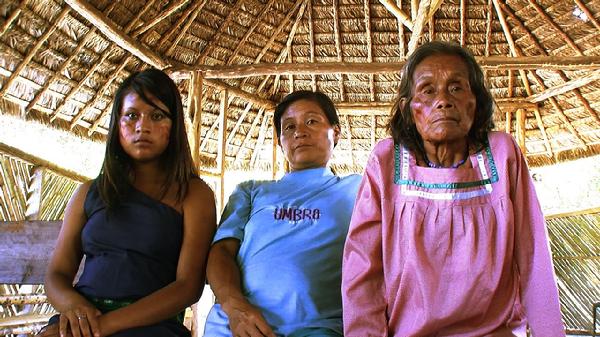
The
amazon partnership foundation
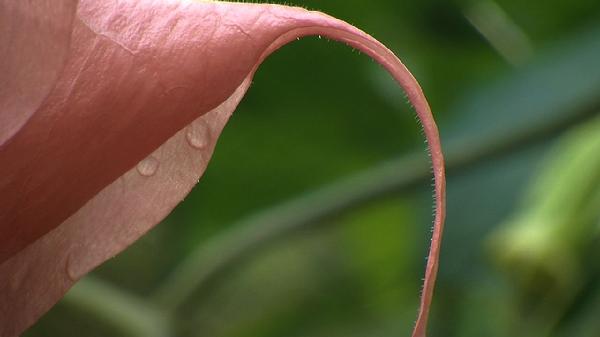 Amazon Partnerships Foundation (APF)
Amazon Partnerships Foundation (APF)
was an Ecuadoran community foundation was set up and lead by Mary Fifield, a US citizen. She believed that the actions of local tribal people to save the rain forest, as their culture had done for centuries but in 2009 with additional support by the APF, was a vitally important ground-up response to global climate crisis and that a video highlighting that would be a worthy endevour.
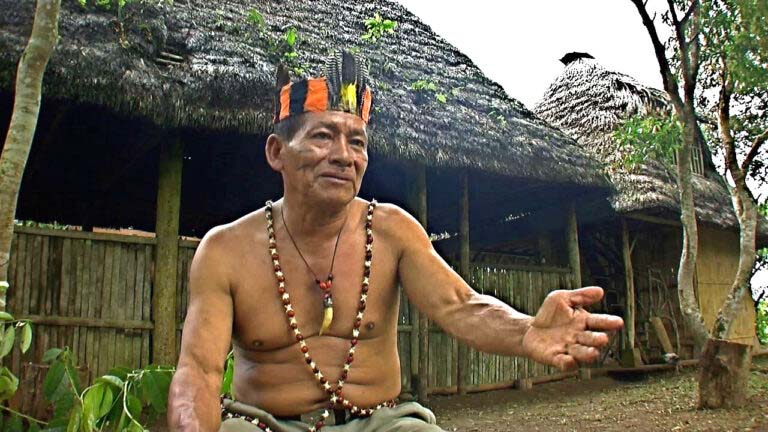 Over 15 years later, as I write this, we agree with Mary about all this even more than before. The APF has evolved into Kaleidoscope Consulting, (check it out!) but the video that we made together back then is ever more relevant than ever, plus it’s a cool documentation of both the APF and the people whose lives were touched by that work.
Over 15 years later, as I write this, we agree with Mary about all this even more than before. The APF has evolved into Kaleidoscope Consulting, (check it out!) but the video that we made together back then is ever more relevant than ever, plus it’s a cool documentation of both the APF and the people whose lives were touched by that work.
Mary shared with us an important moment in her life that is very much at the foundation of this film. When Mary was decades younger, living in the USA in the midwest, she read a profoundly convincing and disturbing article, warning about the coming global climate crisis. It included a warning that Mary took to heart- that the next 5 years would be critical for the life of the planet, the last chance to prevent global warming before it would be irreversible – and too late.
To Mary, it was a profound call to action. She was persuaded and deeply moved. She decided she had to devote the next 5 years of her own life to doing what she could for her planet. Our planet. Our only planet.
Her strategic decision: to focus on saving the rain forest, the lungs of the Earth. Her method: to create a community foundation – working in support of local people with local solutions; making a difference on the ground in an immediate and effective manner, in harmony and in honor of local culture and traditions; which, as it turned out, become a very intimate task – changing the world one no-water toilet at a time.
More from Amazon Partnerships Foundation (click to read)



